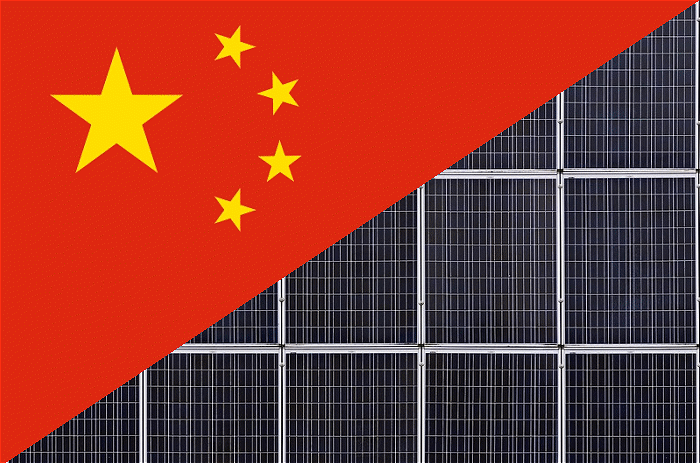
Solar panels image: anaterate
Solar power systems installed in China cranked 106.9 billion kilowatt-hours of clean electricity last year through to the end of November according to the country’s National Energy Administration.
By the end of the period, installed solar capacity had reached 125.79 GW (up 67%), around 19 times that of Australia – but China also has 57 times our population. Here at home, Australia’s distributed PV systems generated 16,574,146 MWh (or 16.57 billion kilowatt-hours) of electricity during the same period, so we stacked up pretty well when taking population into account.
What’s not clear from the brief report is if the China figures include distributed PV systems.
By July of last year, China’s total solar PV capacity blew past the government’s 2020 goal of 105GW. Guidance from the Administration released in July suggests up to 230GW of solar could be installed by 2020, including “top-runner” program capacity.
The “Factory Of The World”, China has borne the brunt of much finger-pointing over the years regarding emissions, including criticism from nations where many goods purchased are made in China – effectively outsourcing manufacturing related pollution to the country.
Additionally, if it wasn’t for China, the cost of solar panels, inverters and other PV system components may well be a significantly higher in Australia and elsewhere. Germany may have kick-started the solar revolution, but China added a supercharger.
With regard to emissions, China aims to cap its coal-fired power capacity at 1,000 gigawatts in 2020 and to reduce consumption of low-grade bulk coal by 200 million tonnes by 2020. The country has set its sights on non-fossil fuel electricity generation accounting for half the nation’s output by 2030.
Electricity emissions are only part of China’s greenhouse gas challenge. Transport also makes a huge contribution, as well as creating a choking smog in some areas due other emissions.
In related news, Brisbane Times reports China is suspending the production of more than 500 car models that are unable to meet the Government’s fuel economy standards. This will affect both domestic and foreign joint venture production.
A reduction in transport emissions would be good news for solar electricity generation too. As we reported in October, the burning of fossil fuels is having a significant detrimental effect on solar power in some parts of the country, blocking 20-25% percent of sunlight on average annually.
The country’s electric vehicle sector has been getting a helping hand from government and targets have been set. In 2019, auto makers will need to have credits for hybrid and electric vehicles equivalent to 10 percent of annual sales or face financial penalties, with the level to rise to 12 percent for 2020 and annual targets set after that. The global electric car revolution could really start to get into gear soon as a side-effect.

 RSS - Posts
RSS - Posts



Speak Your Mind